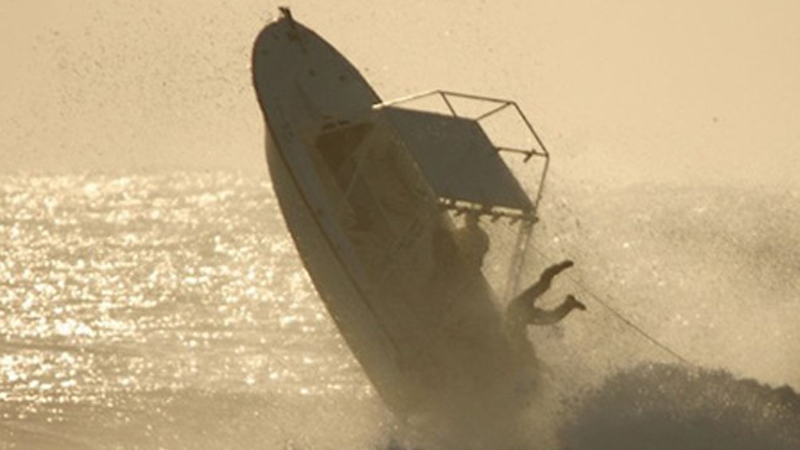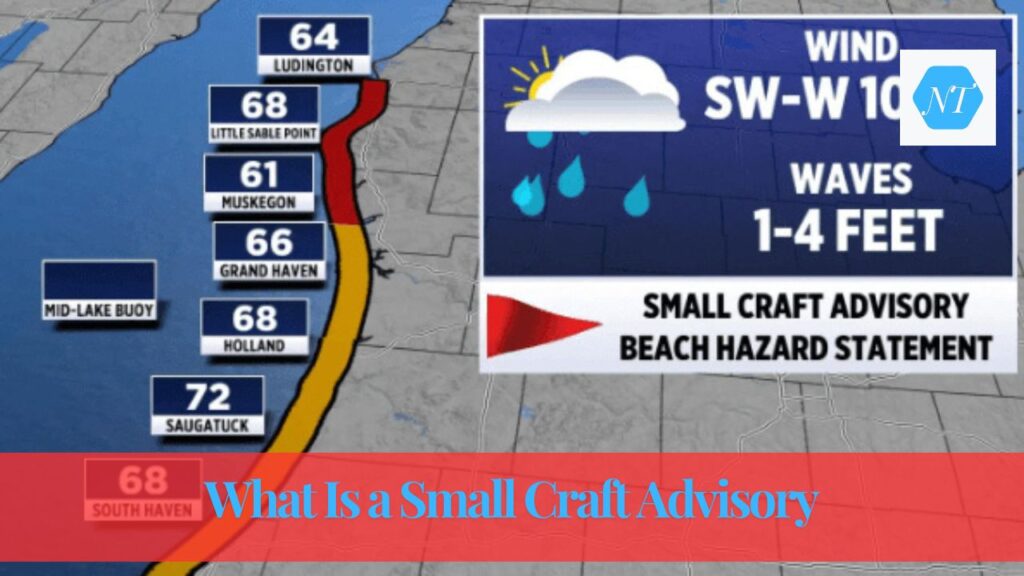A Small Craft Advisory is an official warning of potentially hazardous conditions on seas, lakes, and coastal waters. It is an important alert from the National Weather Service for people who navigate with smaller boats since the conditions are bad enough to disrupt navigation and even pose a threat to safety. All boaters, most especially in smaller crafts, need to understand what a small craft advisory is all about and how it is supposed to be acted upon.

What Is Small Craft Advisory?
In some areas, a Small Craft Advisory may be issued with sustained wind speeds of 20 to 33 knots, or roughly 23 to 38 mph, generating choppy waves and making it less possible to have a good view. In addition, a Small Craft Advisory may also be issued during weather that poses the threat of sea or lake ice and makes unsafe navigation for less stable or smaller craft.
Wind Speeds and Weather Conditions:
- Sustained Winds: For hours, winds are over 20 to 33 knots, causing more wave action and instability.
- Sea or Lake Ice: In colder climates, ice increases the danger of operation for vessels unless specifically designed with strengthened hulls.
- Other Hazards: Rapid changes in weather, sudden storms, and other choppy wave situations also may require advisories.

Does Boat Size Matter in Small Craft Advisory?
Interestingly, the NWS does not assign a specific size to “small craft” because there are huge differences in the stability and seaworthiness of vessels. In this scenario, the advisory applies to any boat that may not be safe in the stated conditions, and it’s left to the boater to determine if his or her vessel is suitable. Usually, vessels under 30 feet in length are considered more vulnerable during these advisories. However, safety depends on the design of the boat, the expertise of the operator, and the type of waterway as well.
Understanding Small Craft Advisories: Flags and Signals
Besides the NOAA Weather Radio broadcast, the Coastal Warning Display Program at small boat stations has relied upon visual signals to alert mariners of possible hazards. Small Craft Advisories are portrayed by one red flag featuring a black square inside the centre for the daytime and by a red light over a white light for nighttime usage.
Main Signal Types:
- Daytime Warnings: A red flag has a black square inside the flag.
- Nighttime Signal: Red over white

What Should Boaters Do During a Small Craft Advisory?
- Listen to NOAA Weather Radio for updates. Weather can deteriorate in a very short time so it’s essential to receive up-to-date information before going out.
- Assess Your Vessel and Experience Level: If you are an inexperienced boater or your boat is small and not adequately prepared for rough water, delay your boating until conditions improve.
- Plan and Prepare: If boaters decide to go ahead, ensure that your boat is in top working order, all safety equipment is on board and that you have filed a float plan with someone ashore.
- Alter Navigation Routes: Take protected, shallow waters; avoid open seas where waves are higher and currents stronger.
- Monitor Conditions Closely: Conditions during a Small Craft Advisory can turn quickly. Look for changes in the weather, like darkening skies or increasing waves, and get to shore if you need to.
Coastal Warning Displays End
Even though there are smartphone apps and weather stations where one can find correct information about the weather, boaters entering the harbours and marinas require coloured lights along the coast to alert them about weather situations. Such visual alerts managed by NOAA as well as some marinas are now providing immediate warnings, making it possible for safe decisions when deciding to sail.
The coloured lights and flags serve as an instant form of visual warnings to mariners, so shore-side people make quick decisions.
Why Small Craft Advisories Matter for Boating Safety
Small Craft Advisories help avoid loss of life as well as damage to equipment. The advisory provides boaters with plenty of advance notice of unfavourable conditions at sea. Because the threshold conditions for these advisories—high winds and rough seas—are extremely dangerous for smaller craft, paying attention to them can avoid accidents as well as loss of life. Any boater should learn about and heed Small Craft Advisories as part of safe navigation.

Conclusion: Safety above All When There Is A Small Craft Advisory
A Small Craft Advisory is not just a suggestion, but a warning to help decide whether to launch or stay on shore. Take your information from NOAA Weather Radio, your warning flags, and your vessel or the skills you have, and use them to make a smarter boating decision. Regardless of whether you are a mariner or a boater, respecting these advisories keeps you and others safe on our waterways.
Recent More:
How Long Is the Sex Offender Registry in Florida








